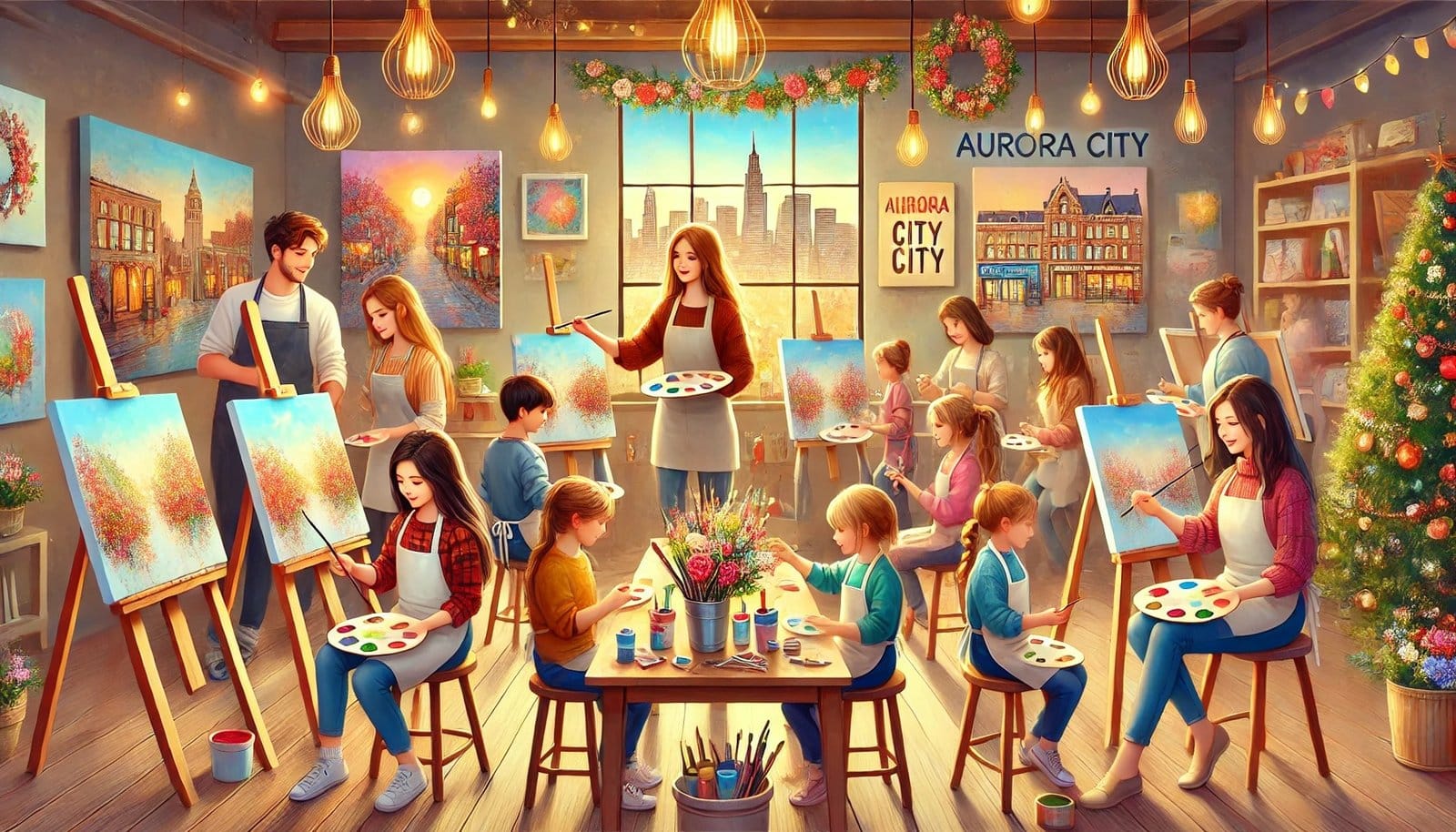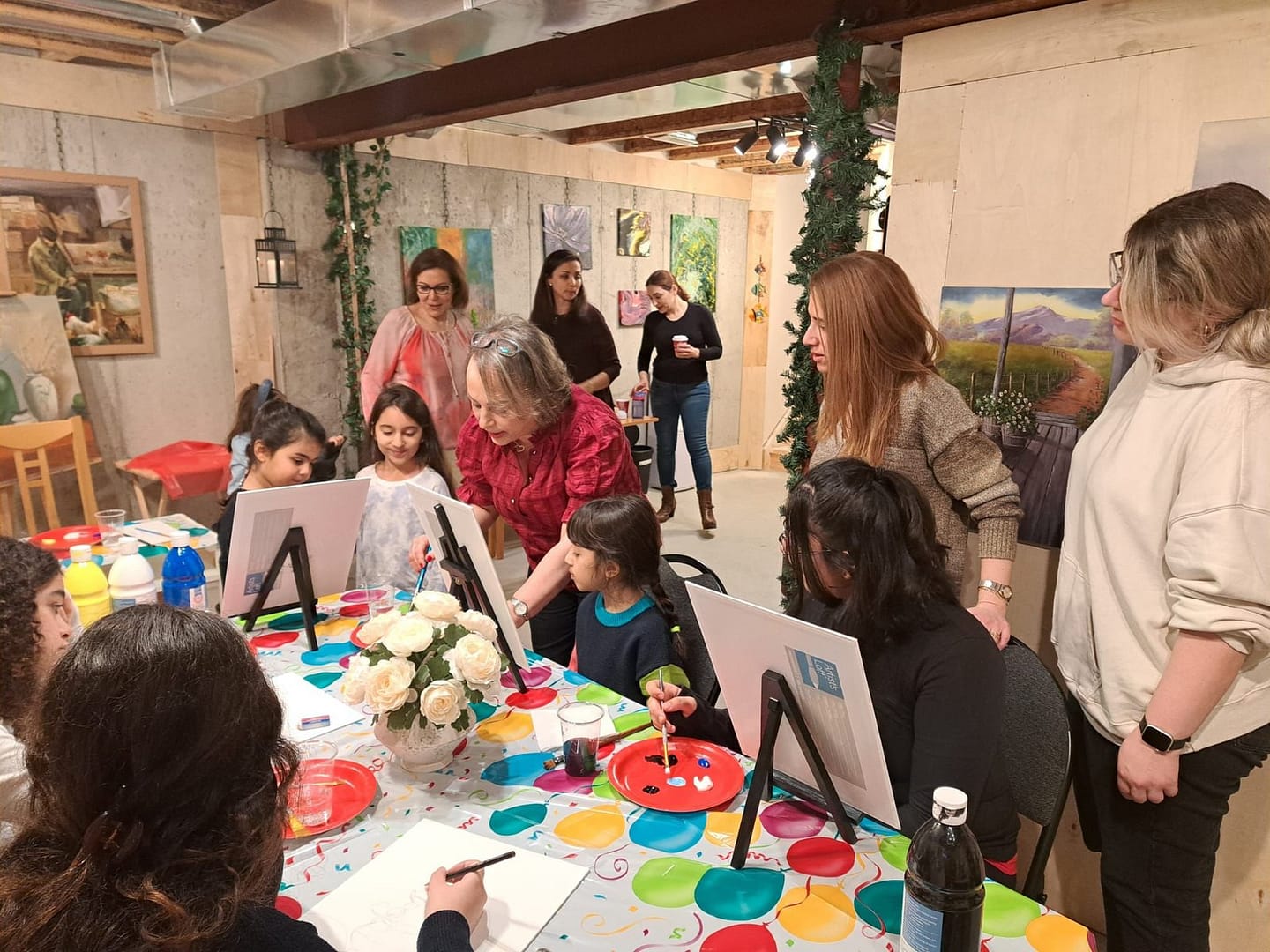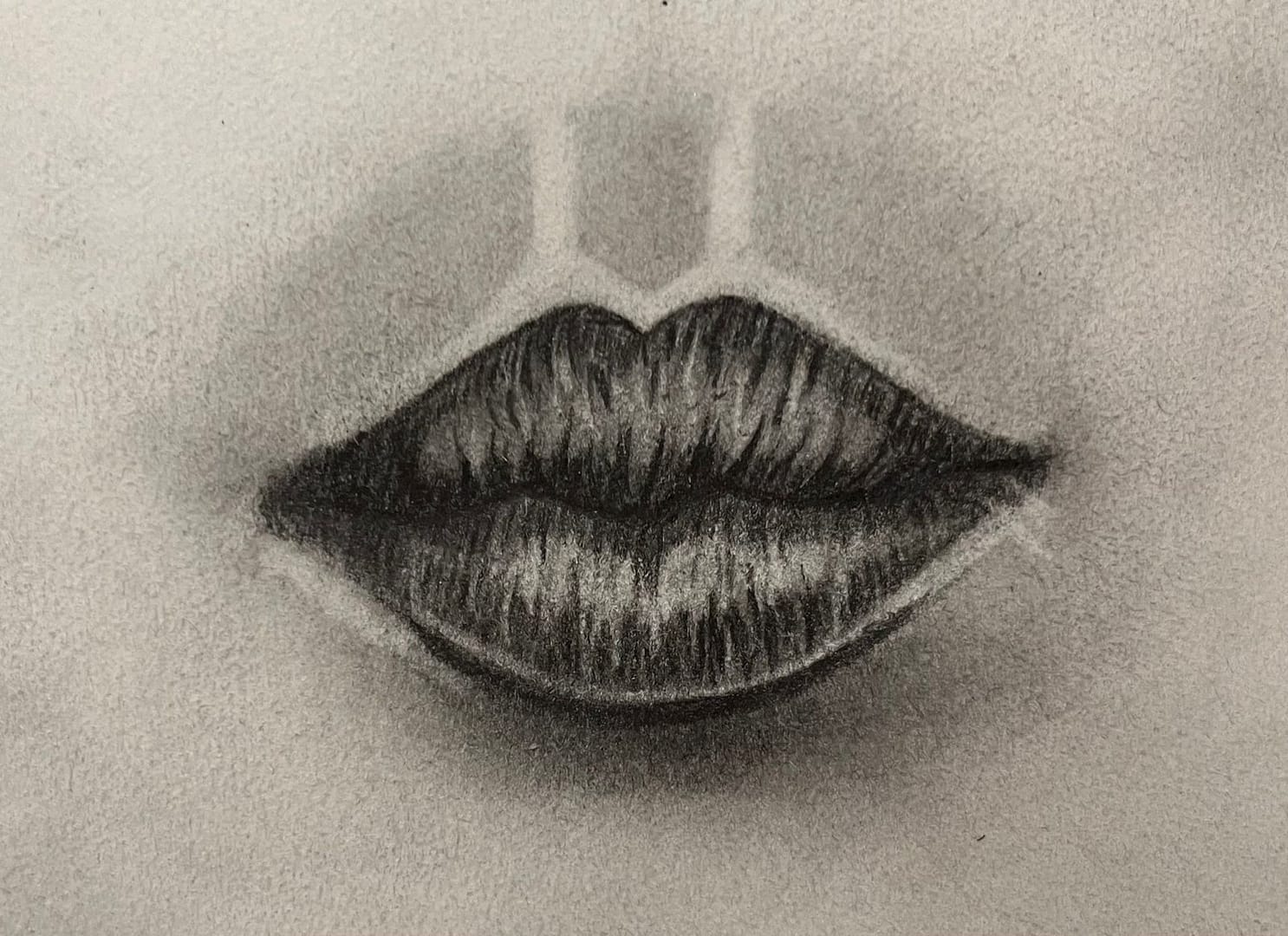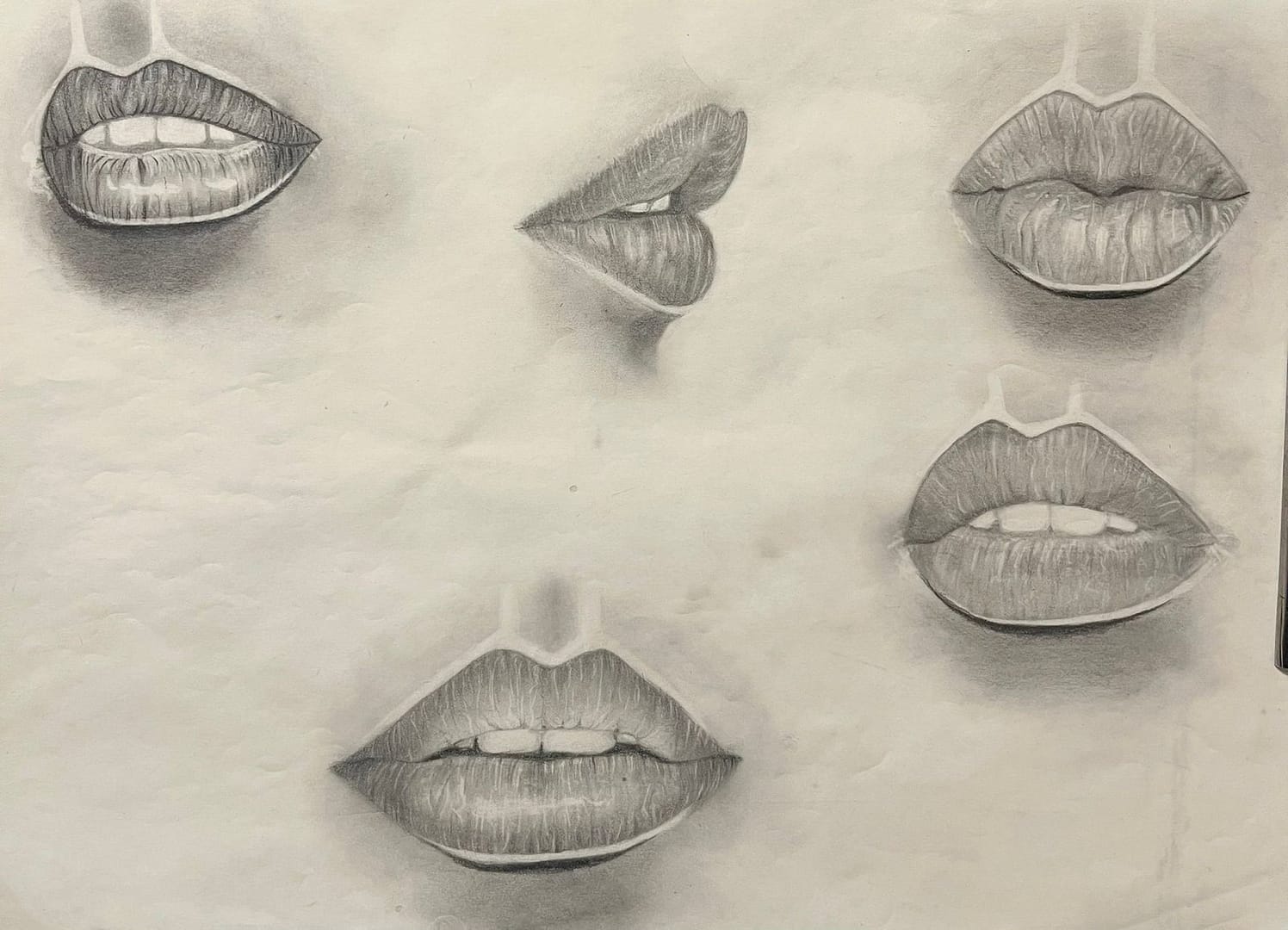1. Why Painting Classes for Adults Are the Perfect Way to Unwind and Relax
Painting classes offer adults a chance to relax and unwind, providing a therapeutic escape from the stress of daily life. Engaging in artistic activities allows individuals to focus their minds on the creative process, promoting relaxation and mental clarity. Whether you’re a complete beginner or an experienced artist, the calming effects of painting can help release pent-up tension, offering a much-needed respite from the pressures of work and personal responsibilities.
Through painting classes, adults are encouraged to immerse themselves in the present moment, enhancing mindfulness and reducing anxiety. The act of mixing colors, applying brushstrokes, and watching a blank canvas transform into a work of art has a meditative quality. Many people find that these classes provide not only an opportunity for creative expression but also a form of self-care. In a world that often demands constant productivity, painting classes offer a meaningful and enjoyable way to decompress and reconnect with oneself.
2. How Painting Classes Can Improve Cognitive Function in Adults
Engaging in painting classes is not only a way to express creativity but also an effective means of boosting cognitive function. The process of creating art involves critical thinking, problem-solving, and fine motor skills, all of which engage the brain in complex ways. When adults participate in these classes, they activate different parts of the brain, which helps improve memory, attention, and focus.
Through various techniques and exercises, painting classes stimulate brain activity by requiring participants to make decisions about color, composition, and technique. This mental stimulation is particularly beneficial for adults, as it can help maintain and even improve cognitive abilities as they age. In addition, the challenge of learning new painting techniques encourages adults to step out of their comfort zones, promoting neuroplasticity—the brain’s ability to form new neural connections. Ultimately, painting classes serve as a valuable tool for maintaining mental sharpness and keeping the brain engaged throughout adulthood.
3. How Painting Classes for Adults Foster Creativity and Innovation
Painting classes for adults are a fantastic way to tap into untapped creativity and foster innovative thinking. As adults often become entrenched in routine tasks, they may find themselves limited by conventional problem-solving approaches. These classes provide an opportunity to break free from daily patterns and embrace new perspectives. By learning different techniques and experimenting with various mediums, adults are encouraged to think outside the box and approach challenges with fresh ideas.
In painting classes, participants are guided through the process of creating something unique. This encourages them to push boundaries, take risks, and explore unconventional methods. Whether it’s through abstract art, landscapes, or portraiture, each new project invites creative exploration. As adults engage in this artistic expression, they begin to apply the same innovative mindset to other areas of life. The confidence gained from creating art leads to a greater willingness to experiment and innovate in everyday situations, enhancing problem-solving abilities in both personal and professional contexts.
4. The Social Benefits of Painting Classes for Adults
One of the often-overlooked advantages of painting classes for adults is the opportunity for social interaction. These classes provide a supportive and collaborative environment where individuals can connect with others who share similar interests. Whether you’re painting in a group setting or engaging in one-on-one sessions with an instructor, the social dynamics of painting classes foster friendships and create a sense of community.
The social aspect of painting classes can be particularly beneficial for adults who may feel isolated or disconnected from others. Engaging in art with a group provides opportunities for meaningful conversations, shared experiences, and emotional support. As participants collaborate and exchange ideas, they also learn from each other’s creative processes, gaining new insights and perspectives. For many adults, painting classes become a space not just for artistic growth but also for building lasting social connections and creating a sense of belonging.
5. How Painting Classes for Adults Can Boost Self-Confidence
In painting classes, adults often experience a boost in self-confidence as they master new skills and techniques. The process of creating art requires individuals to step outside their comfort zones, experiment with new ideas, and confront challenges head-on. Completing a painting, especially one that is meaningful and personal, provides a sense of accomplishment that enhances self-esteem.
As adults gain proficiency in various painting techniques, they become more confident in their ability to express themselves through art. This newfound self-assurance often extends beyond the art class, influencing other areas of their lives. Adults who regularly engage in painting classes develop a stronger sense of their own capabilities, empowering them to take on new challenges and explore other creative outlets. The growth of confidence within the artistic realm can also inspire greater self-assurance in professional and personal endeavors.
6. The Therapeutic Effects of Painting Classes for Adults
Many adults find painting classes to be therapeutic, offering a creative outlet for stress relief and emotional expression. The act of painting allows individuals to process emotions in a healthy and productive way, providing a means of self-expression that words often cannot capture. Whether dealing with grief, anxiety, or general life stress, painting classes offer a safe space for adults to explore their feelings through art.
Creating a visual representation of emotions allows adults to gain insight into their own psychological state, which can lead to greater emotional well-being. The meditative nature of painting helps to calm the mind and alleviate symptoms of stress, making these classes a valuable tool for maintaining mental health. For adults seeking ways to cope with life’s challenges, painting classes offer not only an avenue for personal growth but also a therapeutic release that can improve emotional resilience.
7. The Role of Painting Classes in Developing Patience for Adults
Painting classes encourage adults to slow down and develop patience, as creating art requires time, attention, and focus. Adults may be accustomed to fast-paced environments and immediate results, but art teaches the value of the process rather than just the end product. In painting classes, individuals learn to appreciate the gradual evolution of their artwork, understanding that mastery comes with practice and patience.
The act of layering paint, waiting for colors to dry, and making subtle adjustments fosters a sense of patience and persistence. These skills are invaluable for adults who may find themselves easily frustrated in other areas of life. As they become more attuned to the process of painting, they also learn to apply this patience to everyday situations, from work tasks to personal relationships. In painting classes, adults not only improve their artistic skills but also develop a deeper understanding of the importance of patience in achieving meaningful results.
8. The Importance of Color Theory in Painting Classes for Adults
Painting classes for adults often include lessons on color theory, a vital component of creating effective and harmonious artwork. Understanding how colors interact, blend, and influence one another enables adults to make more informed artistic decisions. Whether working with oils, acrylics, or watercolors, a solid grasp of color theory is essential for creating visually striking pieces of art.
In painting classes, adults learn about primary and secondary colors, complementary color schemes, and the emotional impact of different hues. By mastering these concepts, they can create paintings that are not only visually appealing but also convey specific moods or messages. A deep understanding of color theory enhances artistic expression and provides adults with the tools they need to elevate their artwork to a higher level. The knowledge gained in painting classes also broadens their artistic vision, allowing them to explore new creative possibilities.
9. How Painting Classes for Adults Foster Emotional Expression
One of the key benefits of painting classes for adults is the opportunity to express emotions that may be difficult to articulate verbally. Painting offers a unique form of nonverbal communication, allowing individuals to convey complex feelings through color, shape, and composition. This form of self-expression can be particularly valuable for adults who find it challenging to express their emotions in other ways.
Through the act of painting, adults can explore their inner thoughts and experiences, transforming abstract emotions into tangible artwork. This emotional release is not only cathartic but also therapeutic, helping adults process feelings of anger, sadness, joy, or even nostalgia. Painting classes provide a safe environment for adults to explore and express their emotions, leading to improved emotional clarity and overall well-being. As they develop their artistic skills, they also cultivate a deeper understanding of their emotional landscape, enhancing their emotional intelligence.
10. The Cognitive Benefits of Learning Art Techniques in Painting Classes for Adults
Learning new art techniques in painting classes can enhance cognitive function by challenging the brain to think critically and creatively. These classes often introduce adults to different painting styles, such as realism, impressionism, or abstract art, each requiring different approaches and skill sets. This variety encourages adults to think flexibly and develop their ability to approach problems from multiple angles.
As adults learn to master new techniques, they engage their brains in novel ways, strengthening memory, problem-solving skills, and mental agility. Whether it’s experimenting with brushwork or learning the nuances of shading and perspective, painting classes stimulate brain activity and improve cognitive function. This cognitive engagement is particularly beneficial as adults age, helping to keep the mind sharp and promote lifelong learning. By participating in painting classes, adults not only develop their artistic abilities but also enhance their overall cognitive skills.
11. How Painting Classes Can Improve Hand-Eye Coordination in Adults
In painting classes, adults engage in activities that improve hand-eye coordination by requiring precise movements and careful attention to detail. Whether applying fine brushstrokes or mixing colors, the act of painting challenges the brain and body to work together in harmony. This coordination is essential for creating intricate details and achieving desired effects in a painting.
The more adults practice these movements, the better they become at controlling their hand movements and improving their coordination. Painting classes offer a structured environment for refining these skills, which can also benefit adults in other areas of life, such as driving, typing, or engaging in sports. Over time, adults who regularly attend painting classes develop better fine motor skills and greater dexterity, making these classes a valuable tool for improving overall physical coordination.
12. Finding Your Artistic Voice in Painting Classes for Adults
Painting classes provide adults with the tools to explore their own artistic voice and personal style. Whether working with oils, acrylics, or watercolors, adults have the opportunity to experiment with different techniques and mediums to discover what resonates with them. Over time, as they refine their skills, they begin to develop a distinct artistic identity that sets their work apart.
These classes encourage adults to take risks, try new approaches, and embrace the uniqueness of their creative expression. By exploring various artistic styles and methods, adults can identify what feels authentic to them and develop a personal style that reflects their individual experiences and perspectives. In painting classes, adults not only learn technical skills but also discover their true artistic voice, empowering them to create meaningful, original artwork.
13. How Painting Classes for Adults Promote Mindfulness
The process of painting encourages mindfulness, as it requires individuals to focus their attention on the present moment. In painting classes, adults learn to immerse themselves in the act of creation, blocking out distractions and tuning in to their inner thoughts and feelings. This mindfulness practice helps to reduce stress and promotes mental clarity, allowing individuals to reconnect with themselves on a deeper level.
The repetitive motion of painting—whether it’s applying brushstrokes or mixing colors—serves as a form of meditation, helping adults achieve a sense of calm and balance. By focusing on the details of their artwork, adults become more present in the moment, cultivating a sense of mindfulness that can be applied to other areas of life. Painting classes encourage adults to slow down, embrace the creative process, and practice mindfulness, leading to greater overall well-being.
14. Exploring Different Art Mediums in Painting Classes for Adults
Painting classes expose adults to a variety of artistic mediums, from watercolors and acrylics to oils and pastels. Each medium offers unique characteristics and challenges, allowing adults to experiment with different textures, colors, and techniques. This exploration encourages creativity and helps adults find the medium that best suits their artistic style.
Whether working with the fluidity of watercolors or the boldness of acrylic paints, each class provides an opportunity to explore new artistic dimensions. Painting classes offer a structured yet flexible environment where adults can try new techniques, experiment with different materials, and discover what resonates with them creatively. By engaging with diverse art forms, adults enhance their technical abilities and deepen their understanding of the creative process.
15. The Impact of Painting Classes on Personal Growth
Participating in painting classes can significantly impact personal growth by fostering qualities like patience, resilience, and self-discipline. As adults learn to create art, they encounter challenges that require persistence and determination. Whether overcoming difficulties with technique or grappling with self-doubt, painting classes help adults develop emotional strength and perseverance.
The process of creating art encourages adults to step outside their comfort zones and confront their own insecurities. As they complete each painting, they build confidence in their abilities and develop a sense of accomplishment. These personal growth experiences extend beyond the art class, helping adults become more resilient in other areas of life. By engaging in painting classes, adults foster emotional and psychological growth, empowering them to face challenges with greater confidence.
16. The Importance of Art Community in Painting Classes for Adults
One of the often-overlooked benefits of painting classes for adults is the sense of community they foster. These classes create opportunities for individuals to connect with like-minded people who share a passion for art. Whether in a group setting or a small class, adults have the chance to exchange ideas, offer feedback, and learn from one another.
The sense of camaraderie and mutual support in painting classes encourages adults to push their creative boundaries and explore new techniques. The relationships formed within the art community can be enriching, providing emotional support, artistic inspiration, and valuable connections. Painting classes foster an inclusive environment where adults feel welcome to share their artistic journeys, building a network of creative individuals who motivate and inspire each other.
17. The Role of Art Education in Enhancing Adult Creativity
For adults seeking to enhance their creativity, painting classes provide a structured environment where they can cultivate their artistic skills and explore new forms of expression. These classes offer instruction from skilled artists who can guide adults through various techniques, helping them refine their abilities and discover new ways to create.
By receiving formal education in the arts, adults learn valuable techniques that elevate their creativity. Whether focusing on brushwork, color theory, or composition, painting classes provide the technical knowledge necessary for adults to improve their artistic expression. As their skills grow, so does their creative confidence, enabling them to tackle increasingly complex projects. With the foundation of art education, adults can unlock their creative potential and produce artwork that is both original and meaningful.
18. How Painting Classes Help Adults De-Stress and Achieve Mental Clarity
In today’s fast-paced world, finding ways to de-stress is crucial for maintaining mental health. Painting classes offer adults a chance to focus on the creative process, providing a healthy outlet for stress and tension. Engaging in art helps individuals disconnect from the pressures of daily life and immerse themselves in a calming, meditative activity.
The act of painting encourages mindfulness, allowing adults to clear their minds and focus solely on the task at hand. Whether it’s blending colors or observing the details of a subject, painting classes offer a mental break from the demands of work, family, and other responsibilities. By taking time to engage in creative expression, adults can achieve greater mental clarity and emotional balance.
19. The Role of Painting Classes in Enhancing Problem-Solving Skills for Adults
Painting classes for adults offer more than just creative expression—they also enhance problem-solving skills. The process of painting involves making decisions about color, composition, and technique, all of which require critical thinking and planning. As adults work through challenges in their artwork, they learn to think strategically and find solutions to obstacles that arise.
In painting classes, adults are encouraged to experiment with different approaches and techniques, which helps foster creative problem-solving. Whether solving issues with perspective, blending colors, or improving brushwork, painting classes encourage adults to think critically and approach challenges with innovative solutions. These skills are transferable to other areas of life, helping adults improve their ability to address problems both in and outside of the art studio.
20. The Connection Between Painting and Mindfulness for Adults
Painting classes encourage adults to slow down and immerse themselves in the present moment, promoting mindfulness and self-awareness. The act of creating art requires individuals to focus their attention on the task at hand, which enhances concentration and mental clarity. By practicing mindfulness through painting, adults learn to become more attuned to their thoughts and feelings, improving their overall emotional well-being.
Whether using brushstrokes to create texture or mixing colors to achieve harmony, painting classes offer a chance for adults to engage in a meditative practice. The focus required to create artwork fosters a state of mindfulness that helps adults release stress and improve mental health. Through the combination of art and mindfulness, painting classes provide a therapeutic and calming experience for adults seeking greater emotional balance and self-awareness.
21. How Painting Classes Encourage Adults to Embrace Imperfection
In painting classes, adults are encouraged to embrace the concept of imperfection. Art is inherently subjective and open to interpretation, and creating artwork often involves trial and error. Whether it’s a painting that doesn’t turn out as expected or a missed brushstroke, painting classes teach adults to accept mistakes as part of the creative process.
Embracing imperfection is not only essential for artistic growth but also for personal development. By allowing themselves to make mistakes and learn from them, adults develop resilience and a healthier attitude toward failure. In painting classes, adults learn to appreciate the beauty in imperfection, helping them adopt a more flexible, open-minded approach to life.
22. Unlocking Hidden Talent Through Painting Classes for Adults
Many adults discover hidden artistic talents when they participate in painting classes. What may begin as a simple curiosity or a desire to explore creativity can turn into a lifelong passion. Whether it’s through abstract art or realistic portraits, adults often surprise themselves with their ability to create beautiful and expressive artwork.
Painting classes offer adults the opportunity to develop skills they may never have realized they possessed. As they learn techniques and experiment with different mediums, they uncover new talents and interests. These classes provide a nurturing environment where adults can explore their creative potential, leading to a deeper connection with their artistic selves and unlocking talents that may have otherwise remained dormant.
23. The Lifelong Benefits of Taking Painting Classes for Adults
Painting classes offer lifelong benefits for adults, enhancing creativity, personal growth, and overall well-being. Engaging in art provides an avenue for emotional expression, intellectual stimulation, and social connection, all of which contribute to a fulfilling life. Whether taken as a hobby or a serious pursuit, painting classes enrich the lives of adults by providing opportunities for exploration, learning, and self-expression.
The skills learned in painting classes extend beyond the canvas, influencing other aspects of life. From improved cognitive abilities to enhanced emotional resilience, these classes have a lasting impact on personal development. As adults continue to paint throughout their lives, they cultivate creativity and mindfulness that serve them well in every stage of life.




















